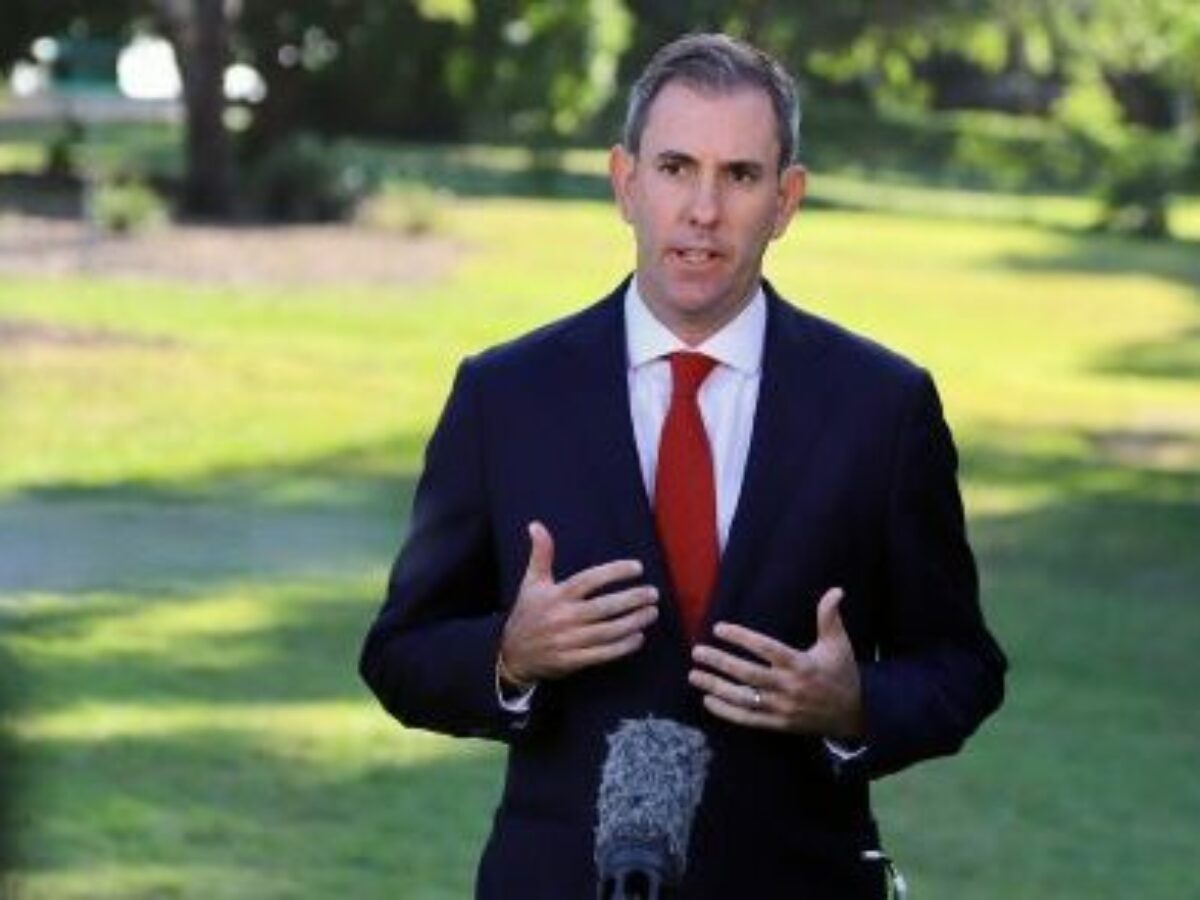The National Reconstruction Fund, lessons for the future – by Allen Roberts

The legislating of the federal government’s National Reconstruction Fund could be a critical moment in a renaissance in Australian manufacturing, or the moment could be squandered depending on how it is rolled out. Here, Allen Roberts lays out some learnings from the past, that could help the NRF meet what is a massive challenge ahead.
The federal government’s $15 Billion National Reconstruction Fund faces a range of strategic and management dilemmas.
The Treasurer Jim Chalmers set out the governments priorities in his essay ‘Capitalism after the crisis’ in February. He called for focus on three things:
- An orderly energy and climate transition of the economy
- A more resilient and adaptable economy
- And a focus on growth hand in hand with equality of opportunity.
The response has been roughly equal from those who see his views as the defining principles for development of the economy from the poor relation role currently played amongst the OECD, to those who condemn his views for their generality and naivety.
Given these seem to be about equal, he must be close to the mark.
The dilemma in the deployment of any ambitions public program is governance.
The opposition condemns it, claiming that it will achieve no useful outcome, being just a huge a magnet for rent-seekers. I guess they should know how to recognise a snout-ready trough when they see one.
The government seems to dismiss this concern as something that can easily be managed, and while it is an admirable sentiment, the ‘yes Minister’ syndrome will play a big role. Again, the very difficult middle path seems to be the ideal outcome.
From my experience running a tiny, micro version of this initiative 25 years ago there are some lessons to be learnt and applied, or at the very least, considered in the design of the management and operational infrastructure,
There needs to be an accountable board made up of mix of experienced and wise people from outside the vested interests, committed to the outcome of moving Australia up the various ‘industrial complexity’ scorecards.
And the NRF needs to be separated from the bureaucracy and run its own management processes, and grant budgets that are multi-year.
Tying the operational and grant budgets to an annual calendar dictated by allocations in the national budget is to ensure its failure as a strategic tool. This choice will be difficult for any government, and will probably precipitate another bureaucratic turf war.
A company limited by guarantee is one structure that can be useful.
This does not in any way compromise the accountability of the management for the financial governance of the ‘business’. The shareholders would likely be Federal government, via Dept. of Industry, CSIRO, and one of the credible business associations with a wide cross-industry membership.
The board would be chaired by a credible figure like Professor Roy Green. Board members will represent the shareholders, and include several non-aligned members familiar with the areas of strategic focus from the perspective of the evolving technology, financial constraints and opportunities, business development, and strategic marketing expertise.
The first job of such a board must be the definition of the strategic priorities of the ‘business’.
These are one step down from the general outline in the Treasurers essay and take the form of a priority list of industry sectors that will be eligible to receive funding.
Within this pathway there must be some discretion, as predicting the future is a challenging task, and you never know what will bob up in the development process that deserves support. The parameters of ‘deserve support’ should be at the discretion of the board, but widely agreed.
Staffing and budgeting of the ‘business’ must be from outside the bureaucracy. Bureaucratic rules and conventions need to be taken only selectively when they clearly add value to the process.
It is quite likely there will be very qualified people currently within the bureaucracy, who may elect to take a leave of absence from those roles to take up one with the business. This could be regarded as a secondment, but the management of the personnel concerned must be at the discretion of the management of the ‘business’.
Non-profit, research institutes, and quangos are not eligible for funding unless in collaboration with a viable commercial operator.
The business will play a pivotal and catalytic role in putting these two pieces of the puzzle together in ways that may lead to funding.
Dictate to collaborative bureaucracies that they are required to collaborate and co-operate with the ‘business’.
This is not to ensure primacy, but to ensure collaboration within the boundaries of commercial in confidence.
The business must be ‘cross departmental’ and seen as a neutral player there only to be a ‘compounder’ of public resources.
$15 Billion is a big chunk of money, although dwarfed by the magnitude of the challenge facing the country.
This sort of approach should have been implemented 30 years ago, but better late than never, so long as it is done right.
Allen Roberts is principal of StrategyAudit, a consultancy that helps companies identify and remove the barriers to high performance.
Picture: Treasurer Jim Chalmers
Topics Analysis and Commentary Defence
@aumanufacturing Sections
Analysis and Commentary Awards Defence Manufacturing News Podcast Technology Videos






